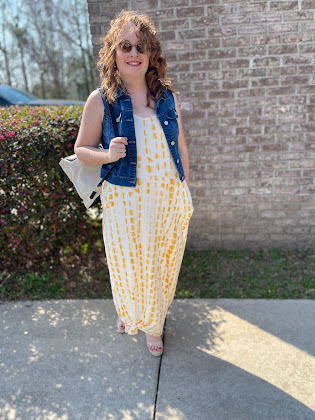(Not So) Basic Journalism Skills: Dress Code
When it comes to reporting the news, there are certain universal truths. Getting the facts right the first time is more important than being first; the why of the story is usually more important than the what; and appearance is everything.
Last month, I talked about ways to build up a professional wardrobe without breaking the bank (You can read that post HERE). Then it occurred to me that many just out of school journalists may not have a clear understanding of what a professional wardrobe should look like.
A couple of years ago I wrote a guide to being a good news intern. Looking back at my tip on how to dress appropriately, I'm inclined to share it again:
"...while sex appeal is certainly taken into consideration when hiring new talent, looking like a whore isn't going to score you any brownie points. And yes, casual attire is common, especially for behind-the-scenes people, but wearing pajamas just makes you look like a slob."The fashion of today's teens and young adults baffles me. The shorts are shorter than ever before, crop tops are apparently hugely trendy again and some stores look like the '80s threw up in them. Maybe you like all of those things, and that's fine, but let me be clear - short shorts, crop tops and most of the '80s fashion that's been revived lately are not appropriate for work.
Here are a few general rules of thumb I follow when it comes to work wear:
-Spaghetti straps are not acceptable without a jacket/cardigan over them.
-No tube tops or crop tops.
-Sheer anything is a no-no.
-In fact, anything that shows my bra is pretty much off limits.
-Stay away from bodycon anything.
-Dresses, skirts or shorts must be longer than my fingertips.
-If you have to ask if something is too short, it probably is.
-Only wear sleeveless tops/dresses if the straps are as wide as or wider than three fingers.
-Absolutely no cleavage.
-Jeans can't have holes in them.
-If I'd wear it to a bar/club, I won't wear it to work.
I've been developing my personal style for the past six years and really working on my professional wardrobe for the past three or so years. I try to look for pieces that are versatile yet fun to wear. I like classic pieces that will stand the test of time and not go out of style. Some of my favorite places to find work wear include JCPenny, The Limited, Old Navy and Kohl's. I steer clear of places like Body Central and Charlotte Russe (other than Charlotte Russe shoes which are surprisingly well made). Investing in quality pieces may cost you more up front but will save you money in the long run because you won't have to replace them as often.
If you're just starting out in this business and don't know where to start with your wardrobe, here are some of my recommendations for ladies:
-Invest in a nice black dress. You'll wear it ALL THE TIME. Trust me.
-You can't go wrong with a white button-up. I have three in different styles, plus a white t-shirt with lace detailing at the top, a white/cream printed shell and two plain white t-shirts with different necklines. I wear at least one a week.
-Invest in a black blazer. You can put it on over nearly any top. I also have blue, white, red, pink, black & white striped and blue & white polka dotted.
-Sheath dresses flatter most body types. You can find them everywhere in a variety of colors and patterns. They're a quick, easy way to look put together without making a lot of effort. Stock up.
-Invest in a pair of nude-colored pumps. They go with everything.
Dressing well doesn't have to be boring. Trust me when I say that people will respect you a lot more than if you're dressing like you're about to head to the club. There's that saying that you should dress for the job you want, not the job you have. All the more incentive not to dress like a two-bit hooker.
I've been thinking about starting a weekly segment called "Newsroom Fashion Fridays" in which I show you what I wore to work during the week. I might also enlist the help of some of my coworkers to show you what they wear. The posts would include where the items were bought, how old they are and links to similar pieces. Maybe by doing this we could help avert the fashion crises occurring in newsrooms across the nation. What do you think?










0 comments